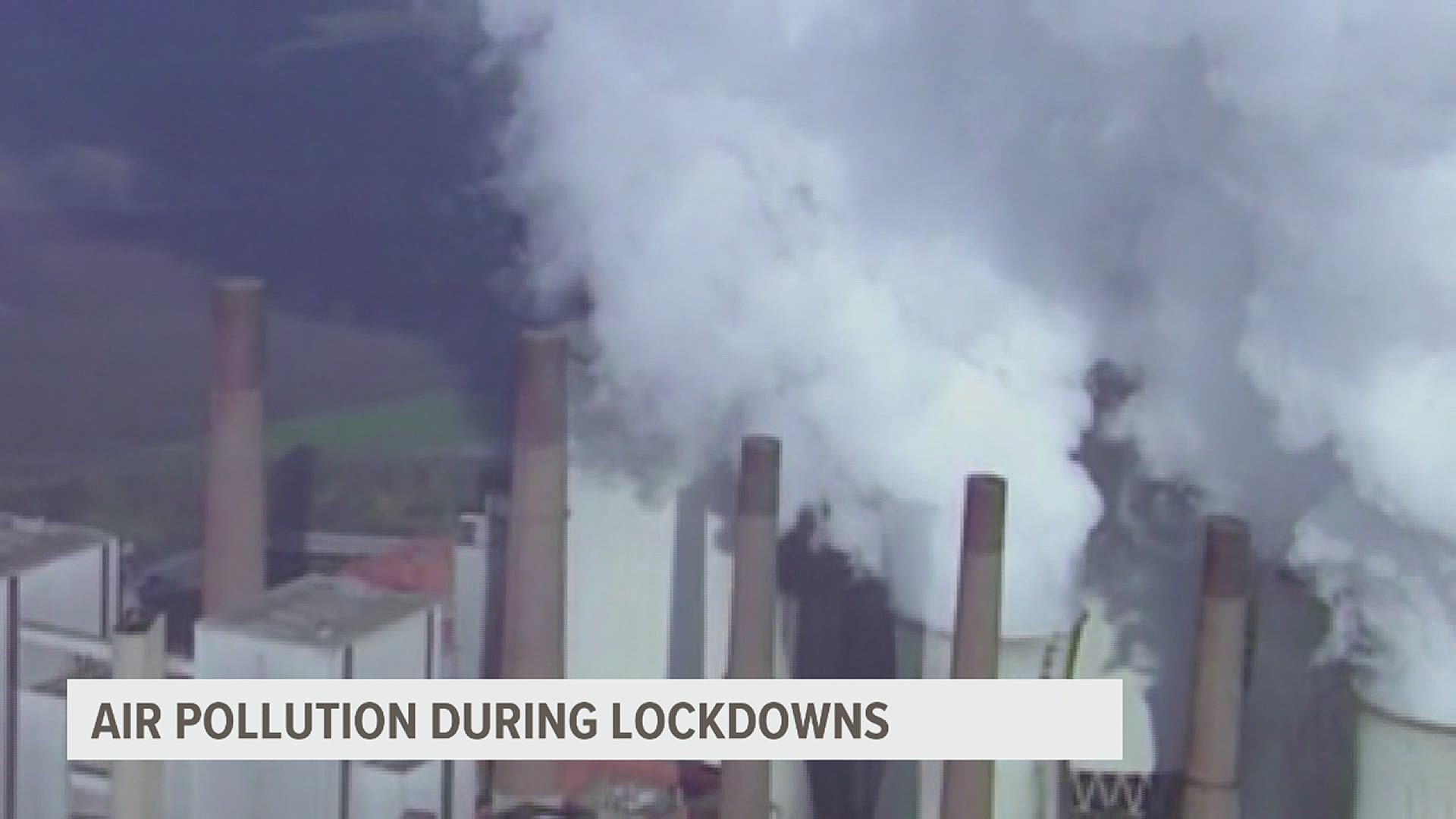In March of 2020, the world came to a halt amid the COVID-19 pandemic. Airplanes were grounded, traveling across state lines was prohibited without quarantining, and people were locked down.
This reduction of travel lead to an abrupt decline in nitrogen oxide and other emissions.
However in parts of the world including northern China and Northern Europe, scientists noted that air pollution actually got worse despite people traveling less.
Benjamin Gaubert, a Scientist for the National Center for Atmospheric Research, says atmospheric chemistry is to blame for the rise in pollution in some cities during the lockdowns.
While this phenomena does not occur often, scientists were not necessarily shocked to see an increase in ozone pollution once travel slowed down.
The ozone layer is formed after nitrogen oxides and organic compounds created by burning fossil fuels react to heat and sunlight.
Nitrogen Oxides are a necessary factor in making ozone, but of course too much of anything, especially in the delicate nature of the atmosphere, can cause the opposite effect.
So what did this quick change in atmospheric chemistry lead to? A rapid increase in ozone because of the lack of nitrogen oxide from burning fossil fuels.
This in turn created higher levels of ozone pollution in parts of Northern China and Northern Europe, potentially causing decreased lung function in humans, more specifically in children as their lungs are still developing.
The impacts don’t stop there, ozone can enter leaf openings during respiration, damaging crops and leading to reduced survival and reduced crop yield.

